Uchiyama SHUHO (内山秀圃) (1876-1963) was born in Yokohama. A student of Naito Tekiho and Nakajima Kyosai. Member of the Japan Painting Association. Selected for various art exhibitions in Tokyo, Yokohama, and elsewhere, he often received honorable mentions. Traveling throughout the country, he studied diligently to sketch real scenes. From a young age, he appreciated Noh theater and tried his hand at sketching by attending performances at various schools. In 1926, he settled in Marutamachi, Kyoto, and took up Noh painting.
Noh (能, Nō, derived from the Sino-Japanese word meaning "skill" or "talent") is a major form of classical Japanese dance drama, practiced since the 14th century. It is the oldest major theatrical art form still regularly performed today. Noh often draws inspiration from stories in traditional literature featuring a supernatural being transformed into a human hero. Noh integrates masks, costumes, and various props into a dance performance, requiring highly skilled actors and musicians. Emotions are primarily conveyed through conventionalized stylized gestures, while iconic masks represent specific roles such as ghosts, women, deities, and demons. Emphasizing tradition over innovation, Noh is highly codified and regulated by the iemoto system.


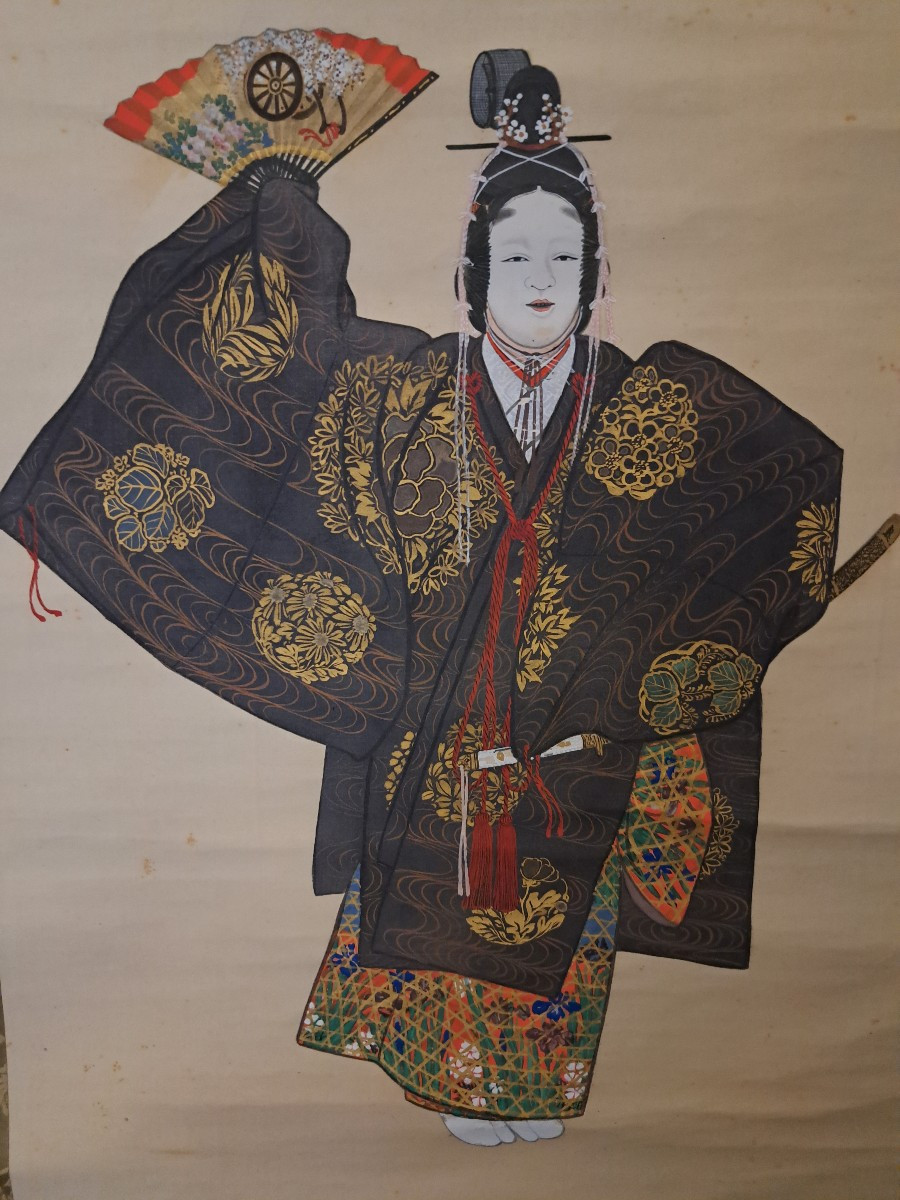

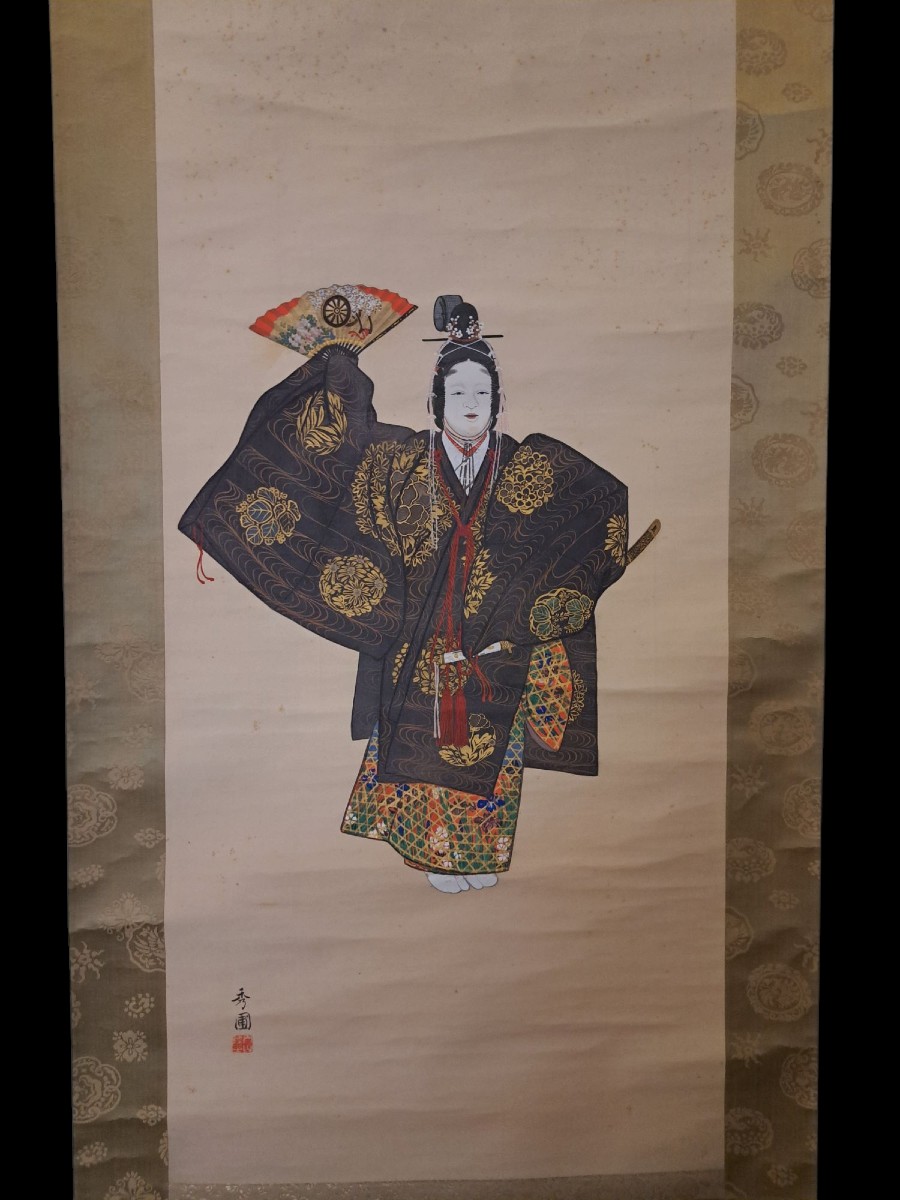

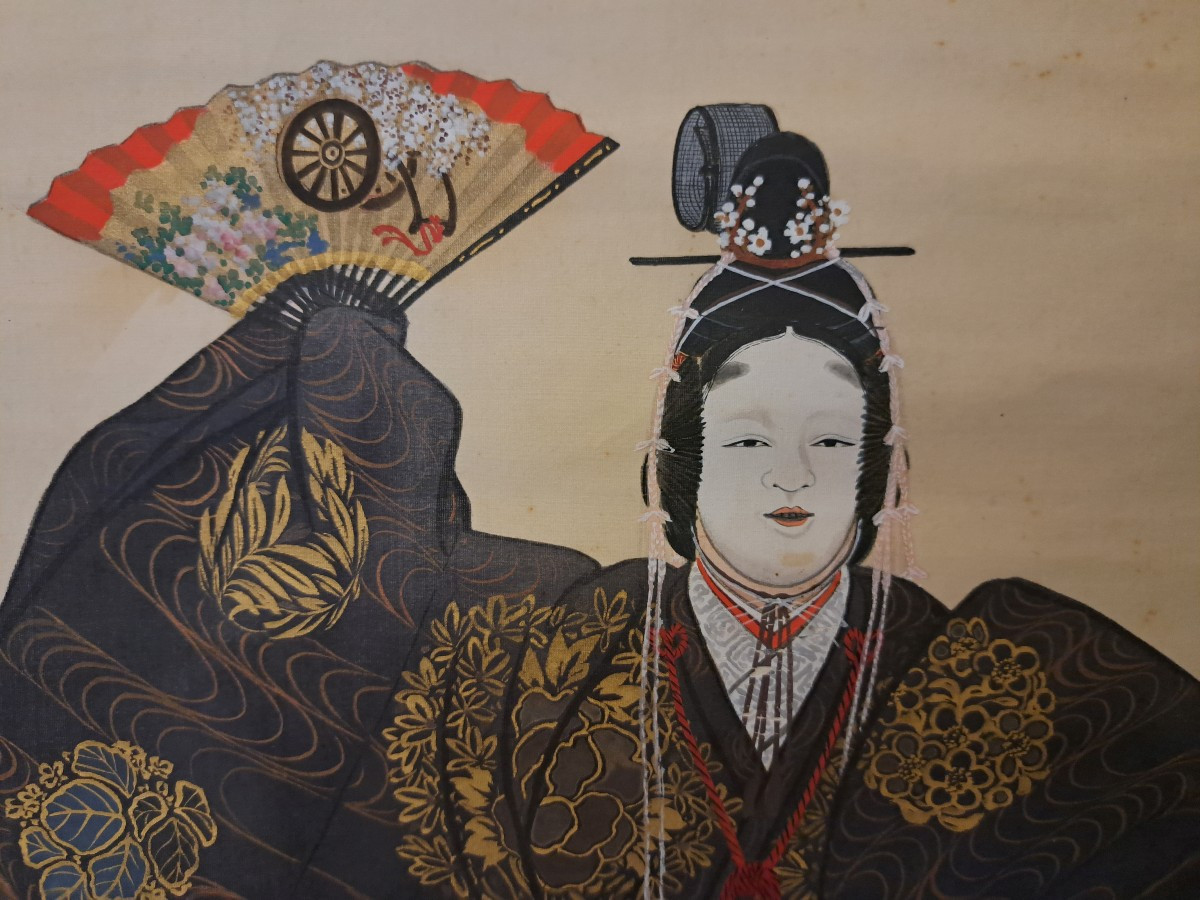








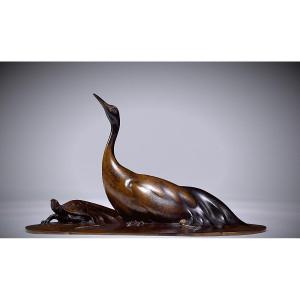


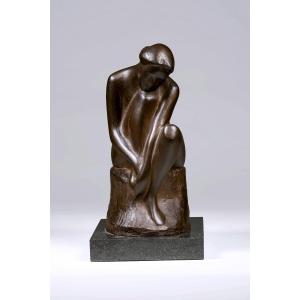


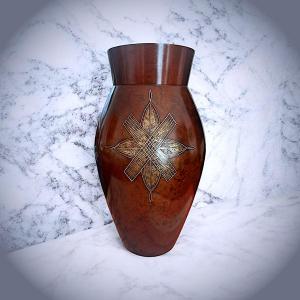
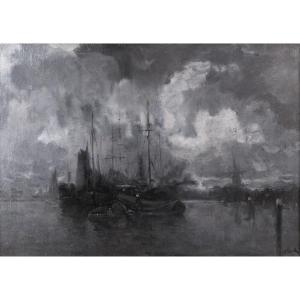
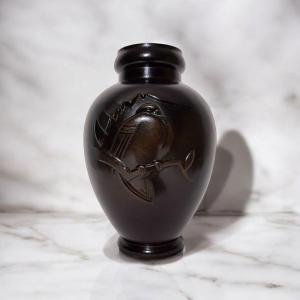
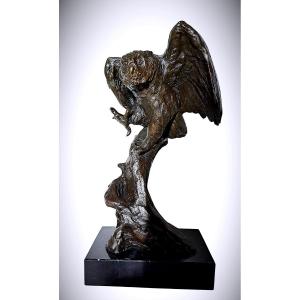










 Le Magazine de PROANTIC
Le Magazine de PROANTIC TRÉSORS Magazine
TRÉSORS Magazine Rivista Artiquariato
Rivista Artiquariato